(QBĐT) After completing the expansion of the territory to Ha Tien (South), in the 5th year of Hoang Dinh, Giap Thin (1604), Lord Nguyen Hoang changed the name of this land from Tien Binh to Quang Binh . For the first time, the name Quang Binh appeared and from then on has been associated with the history of this land until today.
1.5. Appearance of the name Quang Binh (1604)
In October of the year Mau Ngo (1558), after receiving King Le Anh Tong's approval to guard Thuan Hoa, Nguyen Hoang brought his confidants, gathered talented people and children from Tong Son, Thanh Hoa and neighboring areas, and brave soldiers from Thanh Hoa and Nghe An , a total of over 1,000 people, by sea to Thuan Hoa to build a long-term power. After crossing the sea to Thuan Hoa, Doan Quan Cong Nguyen Hoang and his entourage landed at Cua Viet, set up camp in Ai Tu village (Quang Tri), and began his career in the southern region.
After being officially appointed as the Governor to govern the two regions of Thuan Hoa and Quang Nam , Nguyen Hoang began to implement many policies to stabilize the land that was facing many difficulties at that time. After completing the expansion of the territory to Ha Tien (South), in the 5th year of Hoang Dinh, Giap Thin (1604), Lord Nguyen Hoang changed the name of this land from Tien Binh to Quang Binh. For the first time, the name Quang Binh appeared and has since been associated with the history of this land until today.
 |
In the early Gia Long period, after defeating the Tay Son dynasty, in the Central region, the area surrounding the capital, the Nguyen dynasty established four direct administrative districts: Quang Binh, Quang Tri, Quang Duc and Quang Nam. In the second year of Minh Mang (1821), Quang Binh district was changed to Quang Binh town, removing the two words direct administrative. In the 12th year of Minh Mang (1831), Quang Binh town was changed to Quang Binh province. At this time, Quang Binh had a provincial-level administrative institution.
2. Quang Binh - Forever resounding heroism
2.1. Quang Binh under the Nguyen Dynasty feudal regime and French colonialism
Because it was located in a disputed land between two feudal powers, King Le and Lord Trinh in Dang Ngoai and Lord Nguyen in Dang Trong, along with the exploitation and oppression policies of the feudal groups of Dang Trong and Dang Ngoai, the people of Quang Binh were devastated and miserable. In 1771, the peasant movement of Dang Trong against oppression, culminating in the Tay Son peasant uprising led by the three brothers Nguyen Nhac, Nguyen Hue, and Nguyen Lu.
The uprising quickly attracted the participation of many classes of people. Within just 10 days of June 1786, the people of Quang Binh rose up in coordination with the Tay Son army to defeat 30,000 Trinh troops on the Gianh River defense line. Then they continued to advance straight to Bac Ha, overthrowing the Trinh regime, unifying the country. In December 1788, Quang Trung-Nguyen Hue led his army straight to Thang Long, wiping out the invading Manchu army. Nguyen Hue passed away shortly after ascending the throne. In 1802, Nguyen Anh colluded with foreign invaders to overthrow the Tay Son dynasty, became king, named the reign name Gia Long, established the capital in Phu Xuan (Hue), and established the Nguyen dynasty.
After many years of preparation, in 1858, the French colonialists opened fire on Da Nang, starting the war of aggression against Vietnam. On June 27, 1885, the French army entered the capital Phu Xuan, the Nguyen Dynasty surrendered unconditionally. At this time, the Hue court was divided into two factions: the "War faction" and the "Peace faction". The "War faction" led by Minister Ton That Thuyet outlined a plan to attack the French army in Hue. After the counterattack in Hue in July 1885 failed, Ton That Thuyet supported King Ham Nghi and fled to Tan So base (Quang Tri), then went to Tuyen Hoa and Minh Hoa districts (Quang Binh) to issue the Can Vuong Edict, calling on the people to rise up to support the king and save the country.
Responding to the Can Vuong movement, the people of Quang Binh rose up under the leadership of patriotic scholars, mandarins and intellectuals, fighting back the invaders. Quang Binh became one of the gathering places of the Can Vuong movement. Patriotic scholars of Quang Binh, such as Nguyen Pham Tuan, Le Truc, Le Mo Khoi, Doan Duc Mau, Hoang Phuc, Mai Luong... gathered insurgents, rising up against the invading French colonialists. On July 19, 1885, the French army quickly occupied Dong Hoi citadel.
The French colonialists also organized many attacks on King Ham Nghi's base in the Tuyen Hoa area. There were major battles under the command of Nguyen Pham Tuan and other generals. In January 1886, at Khe Ve, the insurgents defeated two large-scale attacks by the French army, killing and wounding many enemies.
In April 1886, in My Loc (Le Thuy), the Can Vuong insurgents under the command of Commander Hoang Phuc defeated the pursuit of 500 green-clad soldiers and French troops, capturing the leader Vo Ba Lien. Also at this time, in Len Bac, Ang Son, Khe Giua posts (Le Thuy), the leaders De Chit, De En, and Lanh Nhuong led the insurgents to repel successive attacks by the French troops in this mountainous area...
On November 1, 1888, King Ham Nghi was captured by the French, the Can Vuong movement in Quang Binh temporarily subsided, but the people's patriotism and hatred for the enemy still smoldered, then flared up strongly in the uprisings of Phan Dinh Phung, Hoang Hoa Tham, in the Dong Du movement, the Duy Tan movement initiated by Phan Boi Chau, Phan Chu Trinh... However, due to the lack of a correct political line, the cause of national liberation could not be brought to victory. It was not until the Communist Party of Vietnam was born (February 3, 1930) to assume the mission of a leading Party that the anti-French movements in Quang Binh developed more and more strongly.
The Party's grassroots organizations were established one after another: Bo Trach Station Party Cell (Ke Ray in 1930); Trung Luc-My Tho Party Cell, Le Thuy District (1931); Bai Duc Party Cell, Tuyen Hoa District (1931); Lu Phong Party Cell, Ba Don Town (1933),... Under the leadership of the Party, the struggles for people's livelihood, democracy, and against high taxes and duties in Quang Binh continuously broke out...
From 1936 to 1939, the Indochinese Anti-Imperialist People's United Front (later the Indochinese Democratic Front) was born. Mass organizations were established from the provincial to communal levels in many forms, such as: Trade Unions, Farmers' Associations, Relief Associations... The struggles during this period made the revolutionary movement in Quang Binh flourish, and the cadres and party members matured. The revolutionary masses were gathered and tested in practical struggles. These were important victories that not only made the masses closely connected with each other but also created the premise for the 1939-1945 national liberation movement.
During the period of 1939-1941, the revolutionary movement in Quang Binh focused on the struggle to protect the achievements gained during the democratic front period and maintain the old organizational forms. In February 1942, national salvation organizations within the Viet Minh Front were established, and volunteer propaganda self-defense teams were born in Le Thuy and Quang Trach.
On August 17, 1945, the Viet Minh Provincial Committee held a conference to disseminate the General Uprising order delivered by Comrade To Huu, a representative of the Central Committee. The conference discussed the leadership plan and decided to take August 23, 1945 as the general uprising day for the whole province. After the conference, the revolutionary movement in Quang Binh made a leap forward and matured rapidly. The Viet Minh bases in districts and towns were consolidated. Hundreds of rallies were organized. The movement to purchase weapons and practice military training developed everywhere along with the fervent struggle of the masses. The revolutionary spirit spread throughout the districts, villages, and hamlets, signaling a strong uprising of the masses under the revolutionary flag of the Viet Minh Front.
On the night of August 22, 1945, people from all walks of life in the suburbs and around Dong Hoi City with banners, swords, spears, clubs, etc. gathered in large numbers around Dong Hoi Citadel, waiting for the general uprising order. At dawn on August 23, 1945, the general uprising order was issued. People from all over poured into the citadel gate, surrounding the embassy and the barracks. The self-defense forces quickly occupied key positions in the inner city, ready to fight back against any resistance from the enemy. At 8:00 a.m. on August 23, 1945, the Uprising Committee held a ceremony to launch itself and announced the establishment of the People's Revolutionary Committee. Under the leadership of the Viet Minh Front, revolutionary masses in prefectures and districts rose up to seize power. By August 25, 1945, revolutionary governments from the province down to prefectures, districts, and communes were established.
August 23, 1945 was a brilliant milestone in the history of the revolutionary struggle of the people of Quang Binh. In less than a day and night, the masses of the people in the province rose up to overthrow the domination of imperialism and feudalism, and to seize power for the people. The uprising took place quickly and achieved great victory.
On September 2, 1945, for the first time in history, the army and people of Quang Binh, from all walks of life and all ages, from the lowlands to the highlands, gathered in the provincial and district capitals to attend a large rally to celebrate the birth of the Democratic Republic of Vietnam. Everyone was eager and focused on listening to President Ho Chi Minh solemnly read the Declaration of Independence, declaring to the nation and the world that “Vietnam has become a free and independent country”... “The entire Vietnamese people are determined to devote all their spirit and strength, their lives and property to maintain that freedom and independence”.
(According to the Propaganda Document of the Provincial Party Committee's Propaganda Department)
(To be continued)
Source








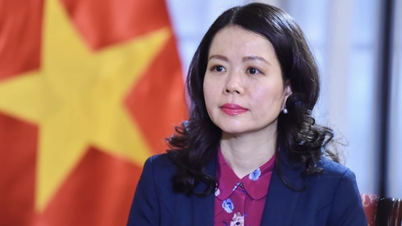



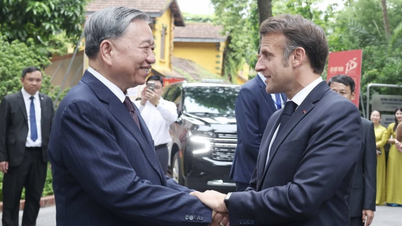
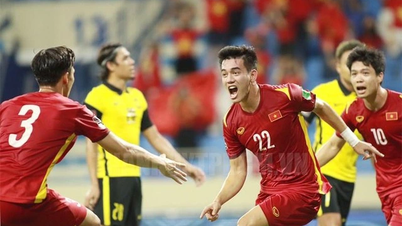


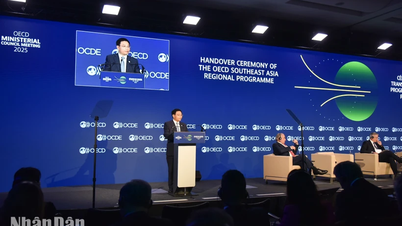
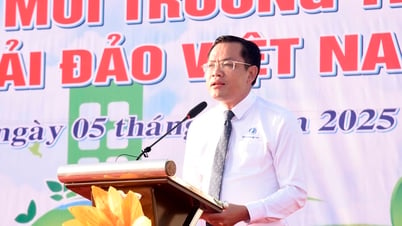
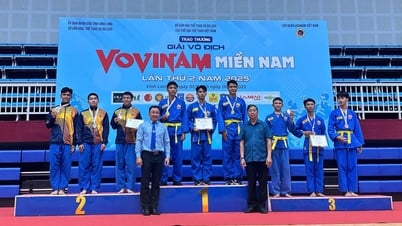
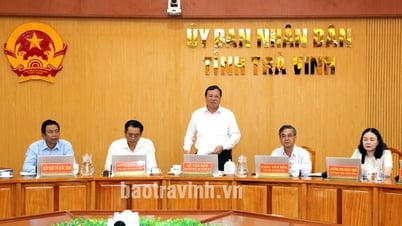
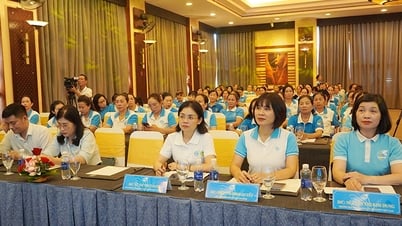

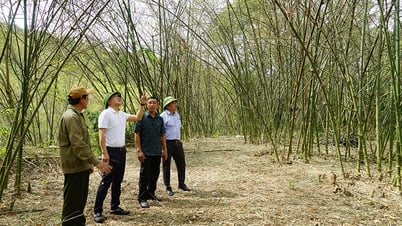














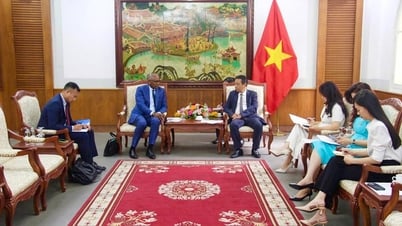



























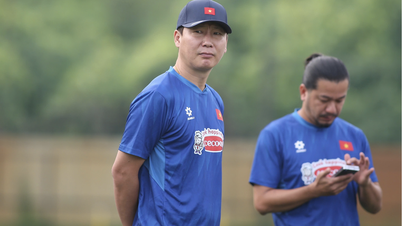

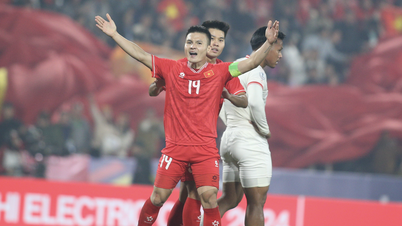










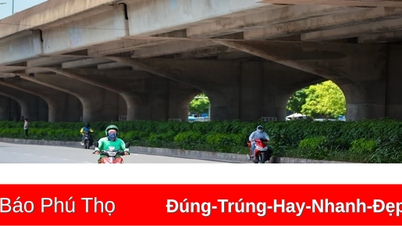



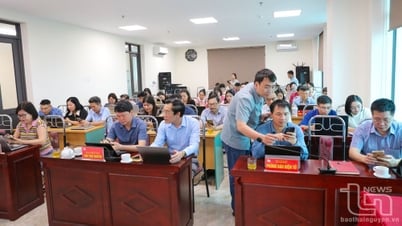



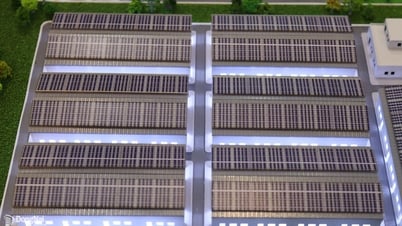

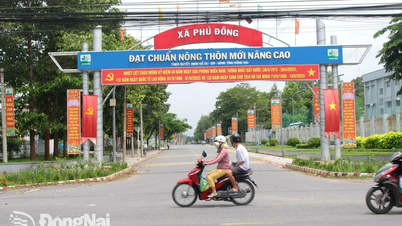









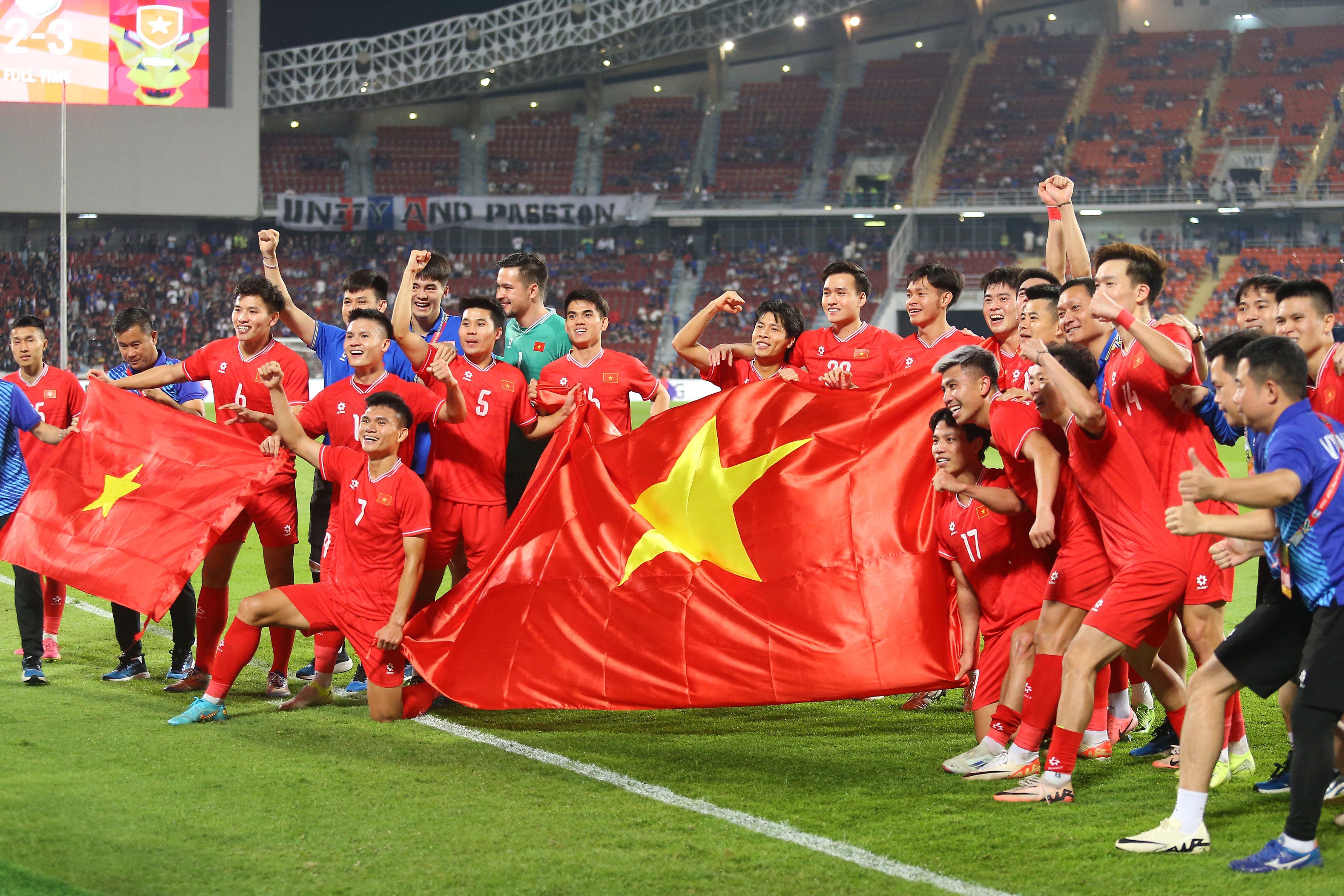
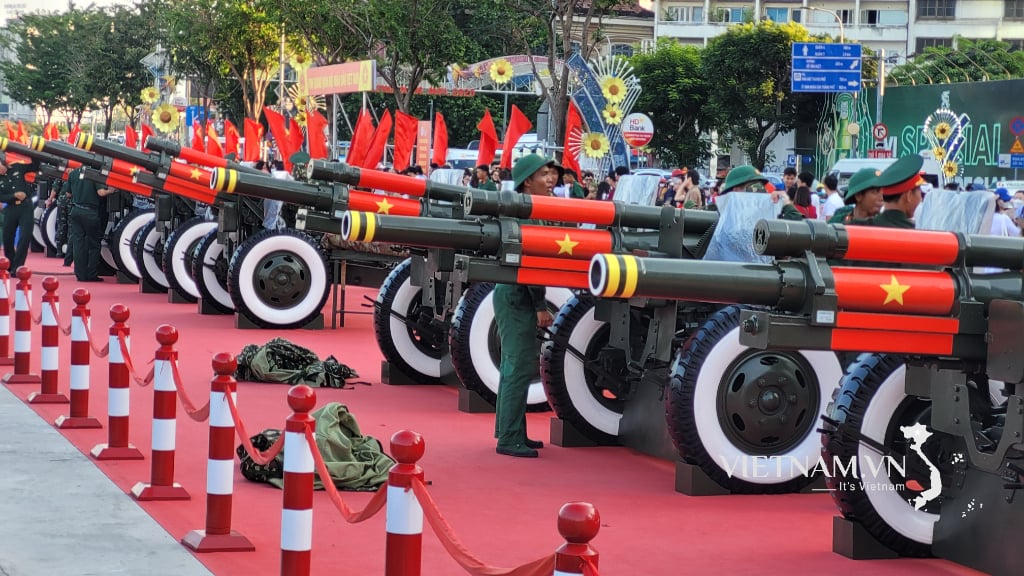
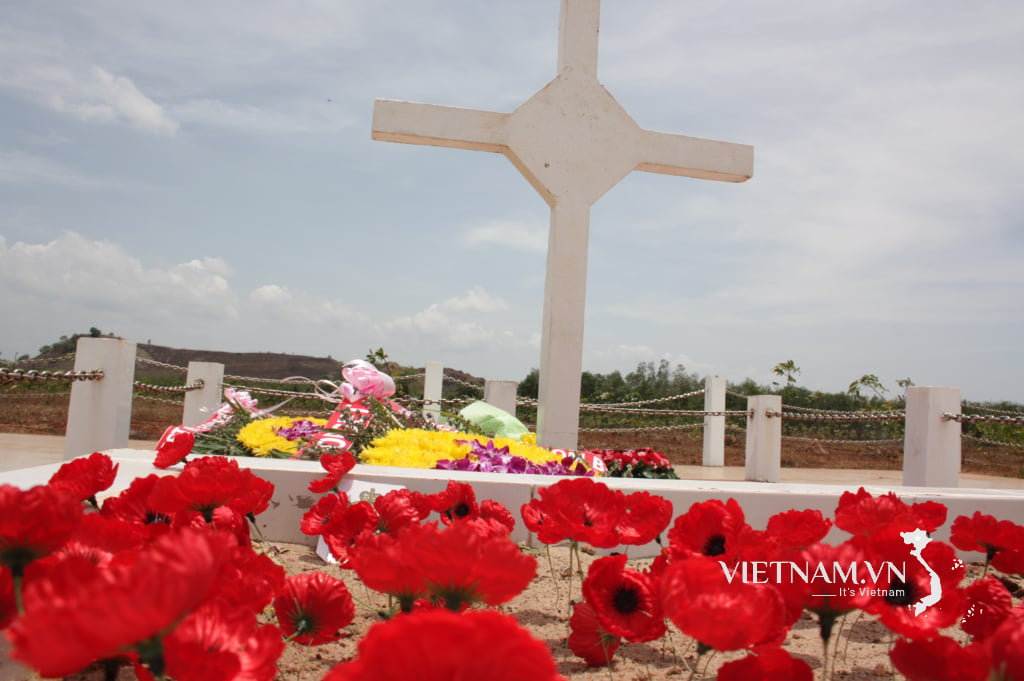
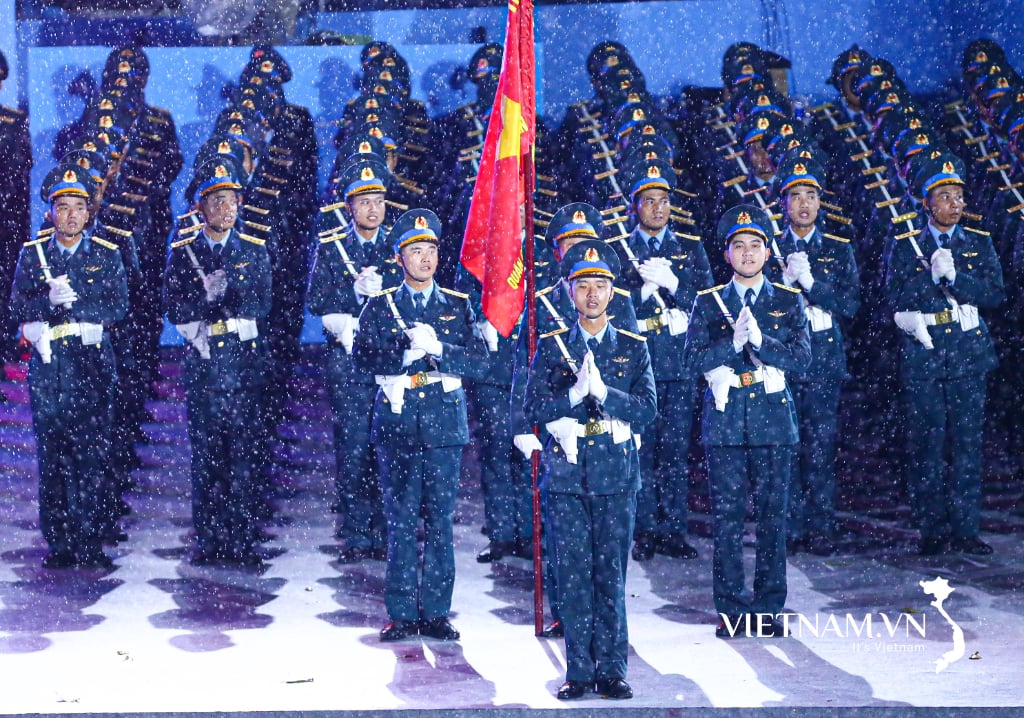
Comment (0)